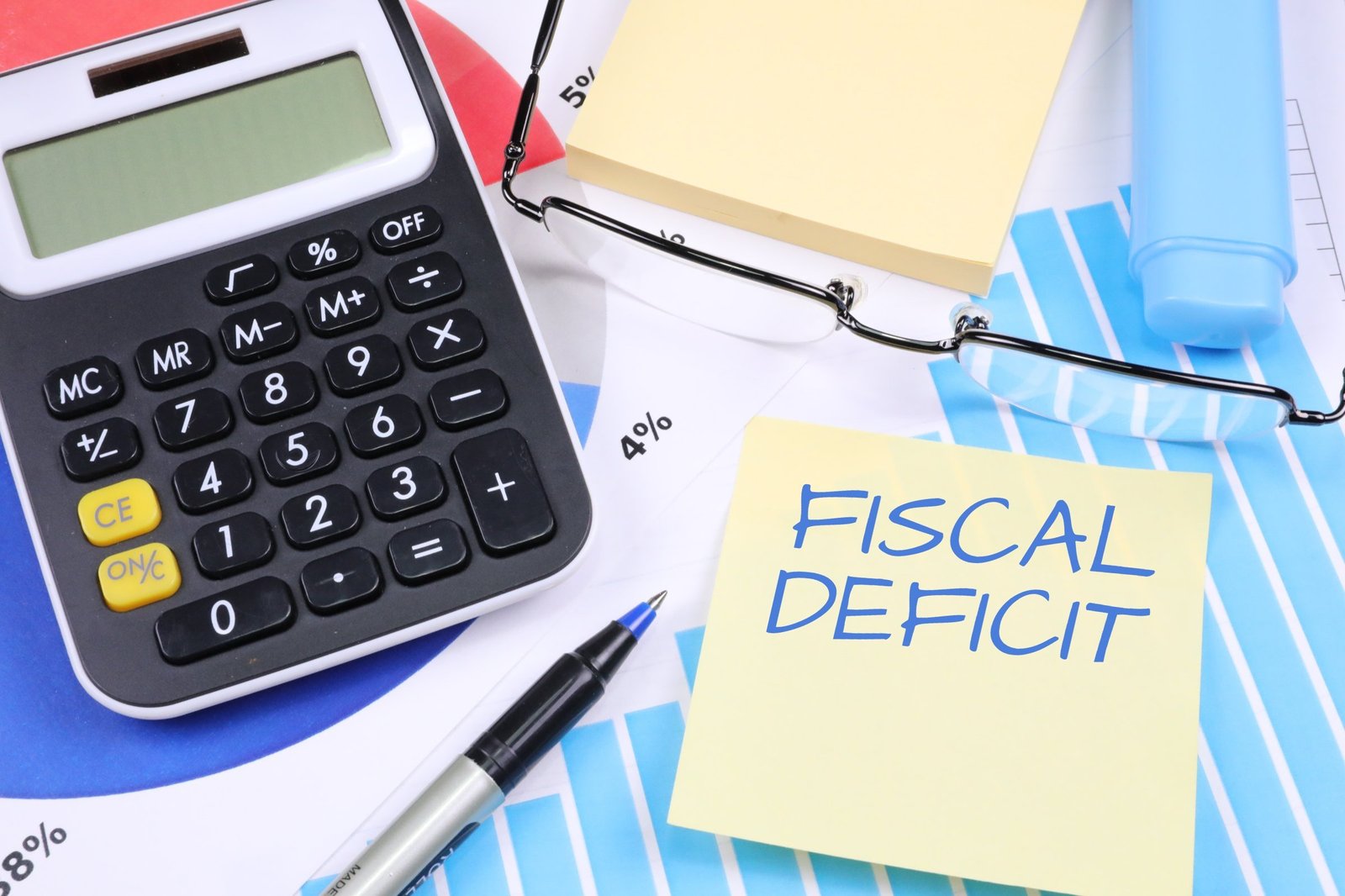Breaking News
Popular News




Enter your email address below and subscribe to our newsletter

Understanding Fiscal Deficit is crucial for grasping how governments fund themselves and the ripple effects on your wallet. At bit2050.com, we unpack the essentials—definitions, calculations, impacts, and management strategies—to help you navigate today’s economic landscape.
A fiscal deficit occurs when a government’s total expenditures exceed its total revenues (excluding borrowings) in a fiscal year. It shows how much the government must borrow to meet its spending commitments.
The formula is straightforward:
Expenditures: Salaries, subsidies, infrastructure, interest payments
Receipts: Tax revenue (GST, income tax) and non‑tax revenue (fees, dividends)
Economic Stimulus: Deficits can boost growth during downturns.
Interest Rates: Large deficits may push up interest rates, affecting loans and mortgages.
Currency Value: Persistent deficits can weaken a nation’s currency.
Investor Confidence: High deficits may deter foreign investment.
Inflationary Pressure: Excess government spending can drive up prices.
Crowding Out: Government borrowing may limit funds available to businesses.
Debt Sustainability: Rising deficits increase the debt burden, leading to higher future taxes.
For a deeper dive into inflation, see How Inflation Affects Your Finances.
Boost Revenue: Reform tax structures, widen the tax base.
Control Expenditure: Cut subsidies, optimize public spending.
Privatization: Sell non-core assets to raise funds.
Public–Private Partnerships: Leverage private capital for infrastructure.
Debt Management: Refinance high‑cost debt at lower interest rates.
India targeted a 4.5% fiscal deficit of GDP for 2024–25, balancing growth and sustainability. Through disinvestment and enhanced tax compliance, the government aims to reduce borrowing while funding key sectors like health and infrastructure.
Q1: Is a fiscal deficit always bad?
Not necessarily—moderate deficits can support growth in a recessionary environment.
Q2: How is fiscal deficit different from budget deficit?
They’re the same—both terms refer to excess government spending over revenue.
Q3: Can a country run continuous deficits?
Yes, but only if debt remains manageable; otherwise, it risks a debt crisis.
Q4: How does the IMF view fiscal deficits?
The IMF recommends keeping deficits below 3% of GDP for sustainability.
Mastering Understanding Fiscal Deficit equips you to interpret budget news, anticipate policy shifts, and safeguard your finances. For more on economic indicators and personal finance strategies, keep exploring bit2050.com—your guide to thriving in 2025 and beyond.
Understanding Fiscal Deficit, fiscal deficit 2025, government borrowing, public finance, macroeconomics, economic policy, bit2050.com, budget deficit, debt management, India economy